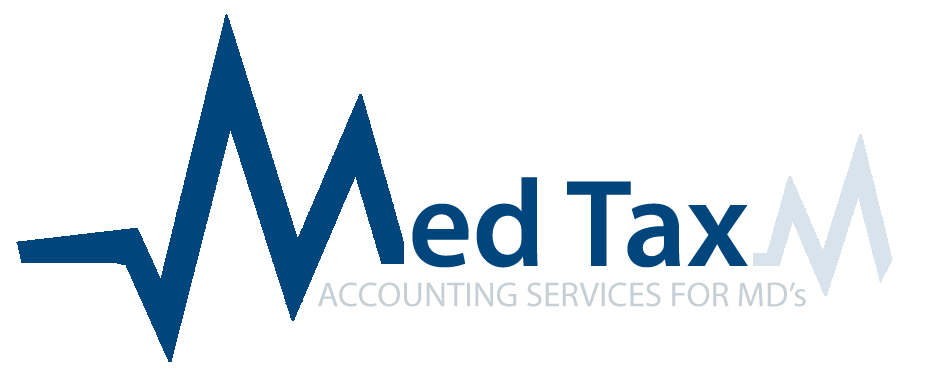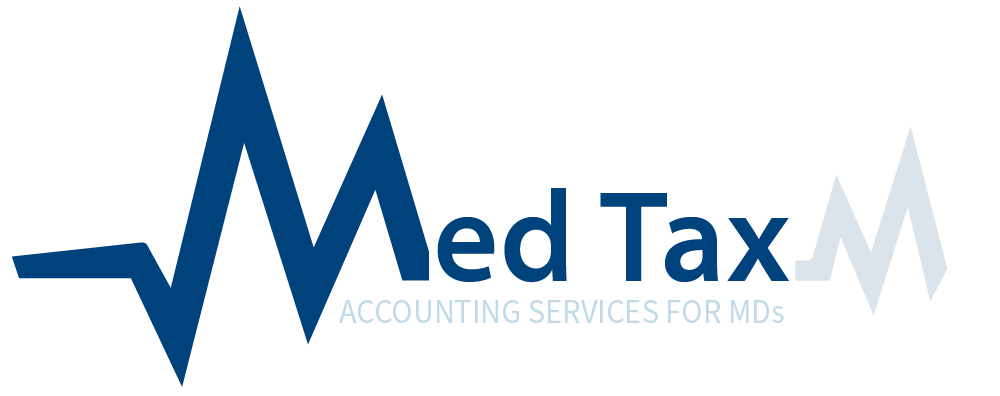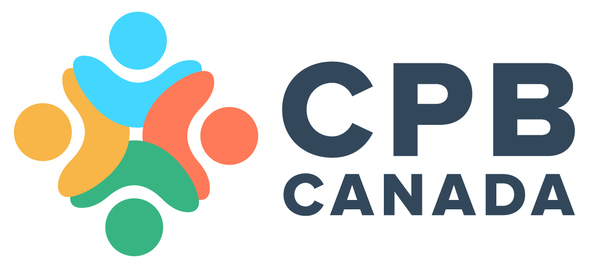When it comes to managing the financial health of your medical practice, understanding Ontario’s tax brackets isn’t just a formality — it’s a key factor in building and preserving wealth. With higher income levels come higher marginal tax rates, and for physicians, that reality can significantly influence both personal and corporate tax planning strategies.
A Quick Breakdown of Ontario’s 2024 Tax Brackets
Ontario uses a progressive tax system, where higher levels of income are taxed at higher rates. Here’s how provincial personal tax rates are structured in 2024:
- 5.05% on the first $51,446 of taxable income
- 9.15% on income between $51,446 and $102,894
- 11.16% on income between $102,894 and $150,000
- 12.16% on income between $150,000 and $220,000
- 13.16% on income over $220,000
These are just provincial figures. Once combined with federal tax rates, high-earning individuals — particularly those with incomes over $220,000 — may face a marginal tax rate of over 53% in Ontario on income above that threshold.
Why This Matters to Physicians
Most full-time practicing physicians operate within higher income brackets, which makes their exposure to top-tier marginal rates more significant than the average taxpayer. Without the right tax planning strategies in place, you could be giving up nearly half of each additional dollar earned over $220,000 in combined provincial and federal taxes.
For incorporated physicians, understanding personal income tax brackets also helps inform decisions around salary versus dividends, RRSP contributions, and how much income to draw from the corporation each year.
How to Plan Around These Brackets
Here are a few ways Ontario’s tax brackets can inform strategic planning for your practice:
1. Deciding Between Salary and Dividends
The decision on how to pay yourself affects which tax brackets you fall into. Salaries are subject to CPP and personal income tax, while dividends are taxed differently and may offer savings depending on your overall income.
2. Timing Bonus or Additional Income
Understanding when income bumps you into a higher bracket can help you time distributions or bonuses to avoid a tax hit in the current year.
3. Income Splitting Opportunities
Although restricted under TOSI (Tax on Split Income) rules, income splitting can still be effective in certain scenarios when family members are actively involved in the business.
4. Incorporation and Retained Earnings
A professional corporation allows you to leave excess earnings in the company, where the small business tax rate applies (12.2% in Ontario on the first $500,000 of active business income in 2024). This can defer personal taxation until you withdraw funds later at potentially lower personal tax rates.
Final Thoughts
For physicians in Ontario, tax planning should go beyond filing a return — it should be part of your ongoing financial strategy. Understanding how the tax brackets apply to your income gives you the clarity needed to optimize compensation, defer income where beneficial, and protect your long-term financial growth.
At MedTax, we specialize in working with physicians across Canada to make sure every dollar works harder — not just for your practice, but for your future. Book your free 30-minute consultation today!








